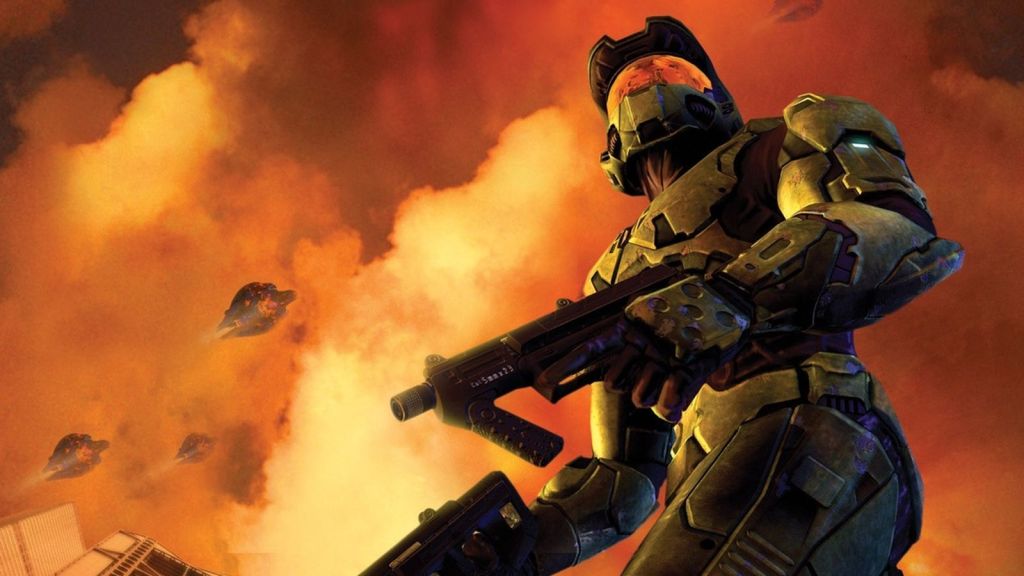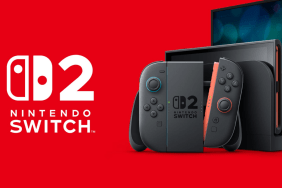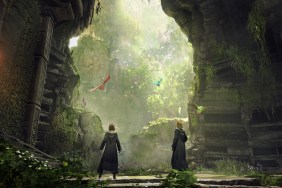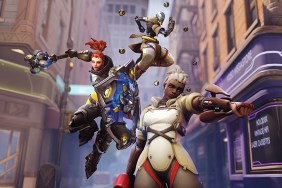Halo 2 was underrated. That may seem like an odd statement considering that it was highly popular back in the day, and it’s certainly fondly remembered by fans of the series. But “fondly remembered” is quite a bit different from “acknowledging it as a truly transformative work with reverberations that have lasted until this day,” which is certainly the legacy that Bungie’s 2004 FPS created in its wake.
I was 14 when Halo 2 launched, and up until that point online gaming had mostly evaded me. It wasn’t until a friend convinced me to buy an Xbox (by that I mean put it at the top of my Christmas list and desperately hope that a parent would buy it for me) that I was able to play against other people across those series of tubes, and it was at this point that I pretty much lost a year of my life to Halo 2.
In the beginning of my Lost Year I played alongside two friends from school, jumping into that newfangled system Bungie called “matchmaking” and scouring through the playlists as part of our flimsy, makeshift clan. The rudimentary social systems afforded to the game by Xbox Live actually made the game far more sociable than the experiences you’re likely to have in modern FPSs, with the lack of party chat meaning that if I wanted to talk to my friends, my voice would also be heard by the other players on our team.
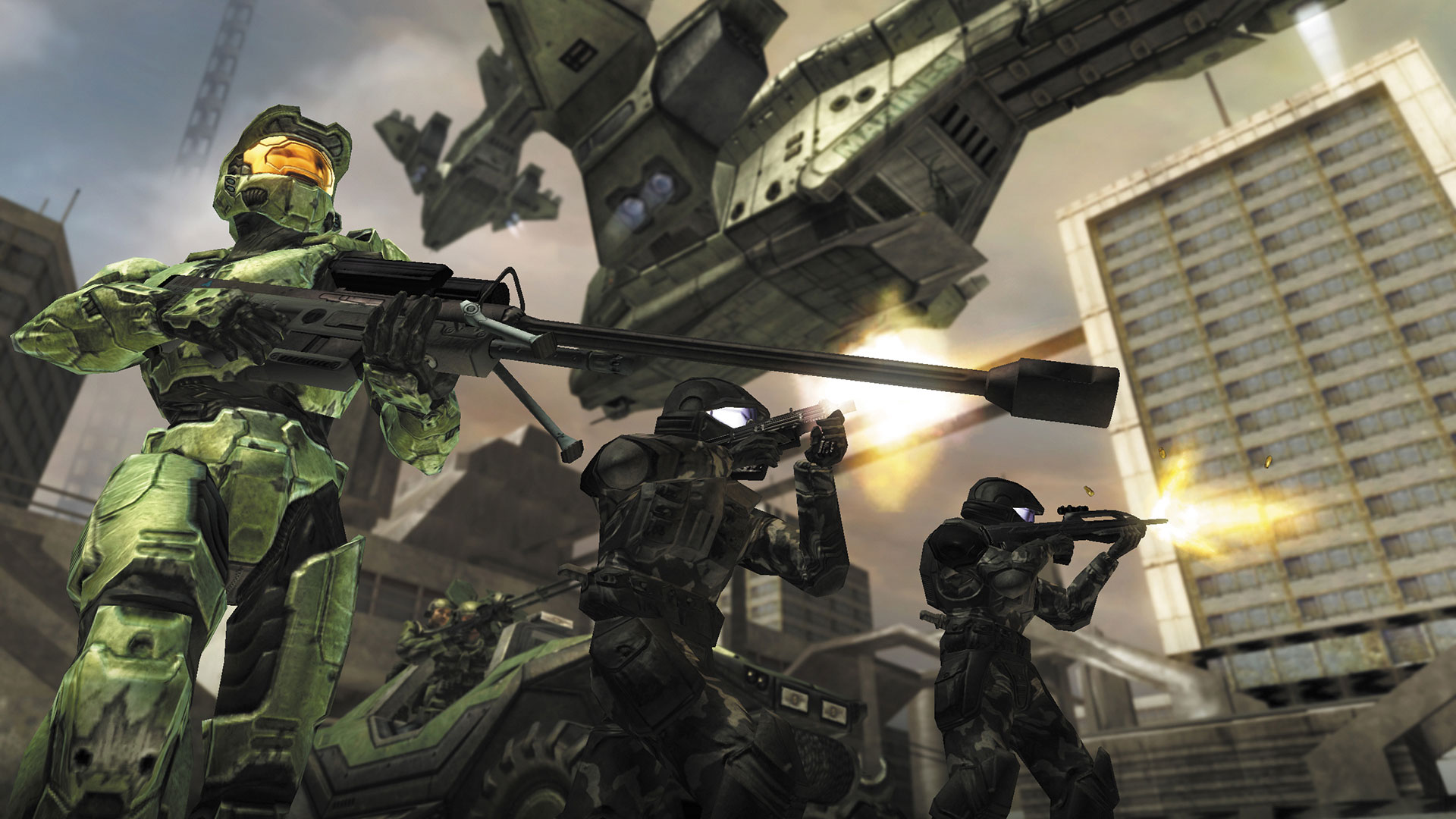
As a result of this forced communication our clan grew in number by a considerable amount, with us enlisting the aid of other British players to help elevate us from out of mediocrity. Though most of my memories of school / other important facets of my life at this formative age are a blur, the experiences I had with this one video game in my bedroom remain crystal clear, largely as a result of the motley crew of misfits and oddballs we played alongside.
Also: Remember Star Wars: Rebellion? A Real-Time Strategy Game That Put the Whole Expanded Universe at Your Fingertips
One of our first “recruits” was an older kid named Harris, who eventually became the de facto leader of our clan as a result of him actually being a competent player. Harris’s “thing” (every kid in this group had a thing) was that he was hit by a delivery van belonging to a major supermarket chain when he was a kid, and the payout was so significant that he ditched college in order to pursue a life of living in a room in his beleaguered Nan’s house, drinking copious amounts of Red Bull and playing Halo 2 while running on very little sleep.
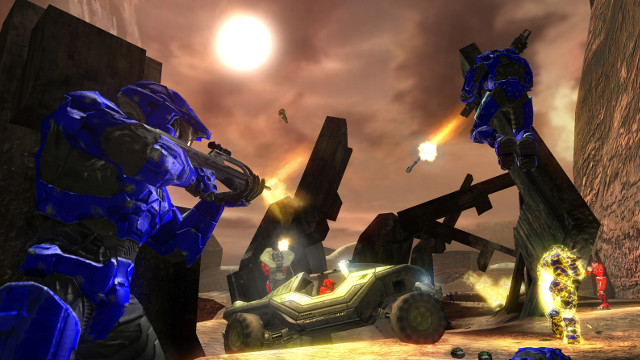
He had a brother, who we collectively referred to as Harris’s Brother and never anything else, who had been expelled from school for violent behavior and was generally an unappealing chap. Every now and again we’d hear them argue over Harris’s headset, with Harris’s Brother always getting the upper hand by loudly branding his sibling a child molester. Considering that Harris had swapped a life of going to school with people of his own age for playing with 14-year-olds on a video game, this insult seemed to resonate with him, and he eventually (and abruptly) cut off all contact with us. We once met Harris and Harris’s Brother in real life, but it was kinda like going on a Tinder date with someone whose profile picture doesn’t represent the reality of their aesthetic, only it was his IRL personality that wasn’t the same. Harris was an odd duck.
Another stand-out character from my Halo 2 days was “Predator Pete,” who was older than Harris and more jovial with his lilted Liverpudlian accent, though equally strange. Pete was obsessed with the army despite not being affiliated with it in any way, with all his social accounts featuring photos of him wearing a ghillie suit, or camo gear, or some other item of clothing that didn’t belong in the wardrobe of a young adult who spent most of his time fighting fictional wars online. Pete’s obsession with the army could have rightly been classed as an affliction, as it wasn’t uncommon for him to begin barking technical orders at us while playing. “Watch my six” is infinitely less useful than “look out for other players behind me,” but Pete persisted with his army jargon nonetheless.
Mostly every night throughout 2005 I’d boot up Halo 2, and play the game alongside this colorful cast of characters who had been thrown together thanks to Xbox Live. The sci-fi shooter was the perfect entry point for someone like me, who had previously been oblivious to online gaming and was thoroughly uneducated in regards to how to even access a server, let alone coordinate an online multiplayer session with my friends. While it’s the common standard for online games these days, Bungie allowing players to group up in a party and then search for playlists featuring specific modes was revolutionary at the time, offering easy access to each player’s preferred game type.
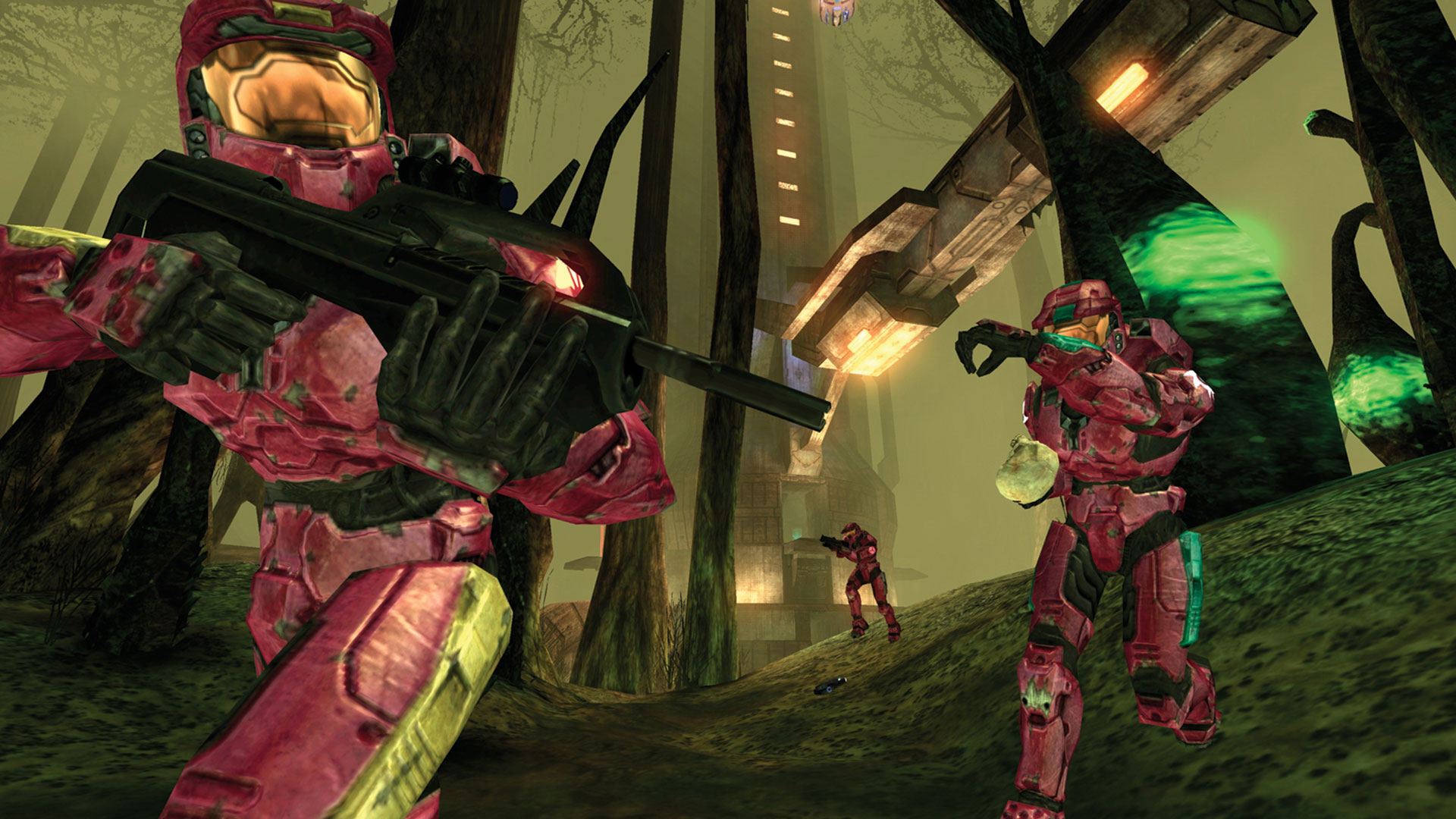
But this accessibility wasn’t limited to Halo 2‘s matchmaking. Despite never threatening to become a particularly gifted Halo 2 player, the game’s hefty customization options allowed me to dive in deep and flex my creative muscles, working on unique game types for my clan to play. Creating something that this collective of strangers actually enjoyed playing with one another was immensely gratifying, and while I was hardly a useful teammate in Halo 2‘s competitive modes, being able to conjure up a new game type for everyone to play became my role within the group.
While Halo has since introduced Forge, a sprawling customization suite that allows players to create just about any kind of game type they please, in Halo 2 I was forced to think outside the box. Without being able to manually input constraints conducive to developing unique game modes such as player spawns or detailed map editing, I instead had to think up rules that could be simply conveyed to my audience, while also retaining a level of depth that would make them want to keep playing. I was essentially trying my hand at being a game designer, albeit on a much smaller scale and for a player base consisting solely of melancholic British teenagers.
At this point the custom Zombies game type had achieved widespread popularity in the Halo 2 community, and that was the bar of success I wanted to reach. While most were looking to improve their shooting skills, I was instead focused upon creating new modes for my clan to enjoy, aspiring to break into pop culture with a game type so alarmingly addictive that my prowess as a designer would be widely discussed across the Halo forums.
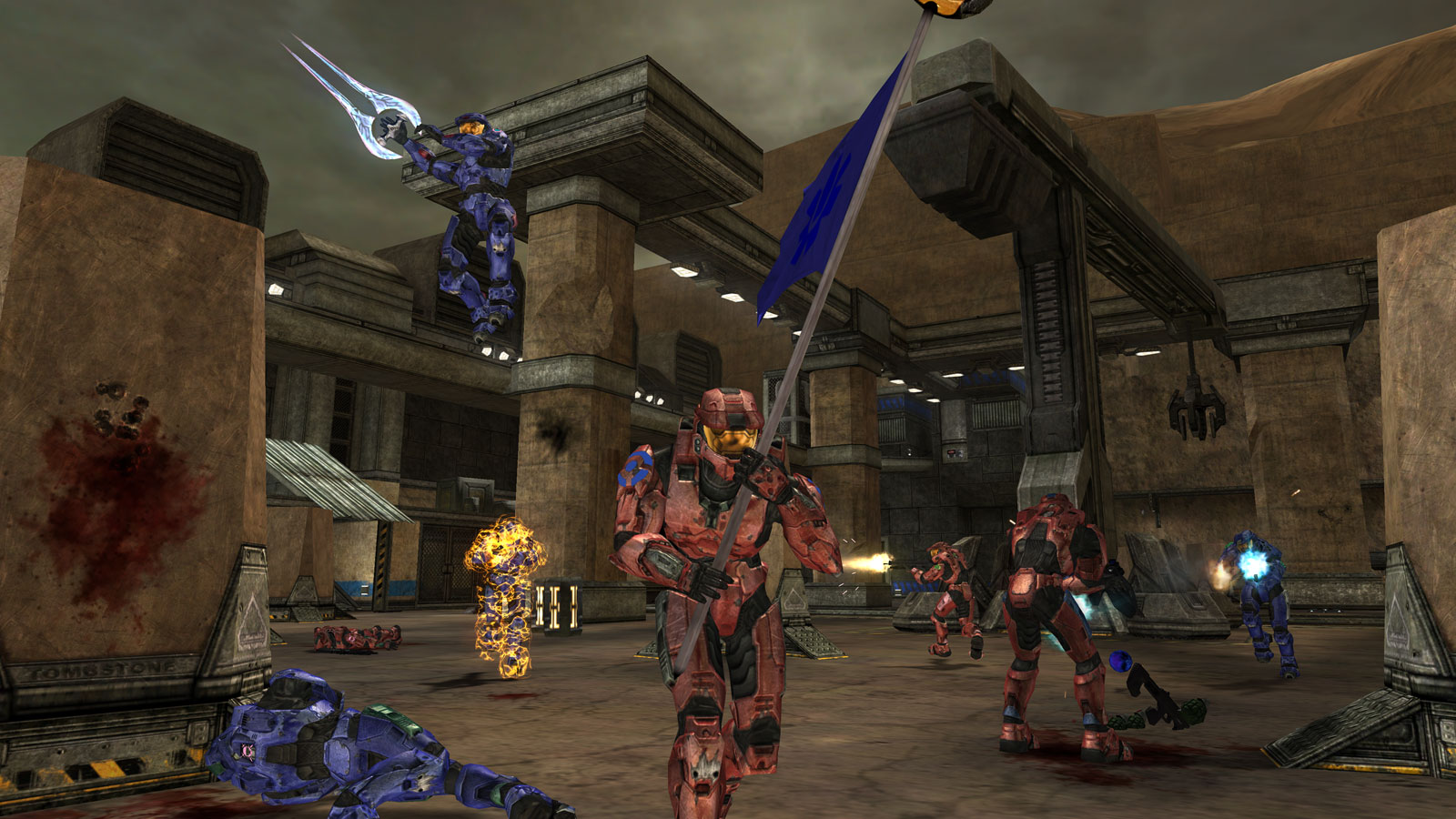
I made a mode in which players were tasked with retrieving a weapon from the center of the Foundation map, while a lone player in a Warthog prowled the arena attempting to hunt them down; I created another racing mode that was my best attempt at replicating the high-speed action of Burnout 3, but within the narrow tunnels and corridors of Headlong; I inadvertently developed a primitive tower defense game set on Lockout. Every day at school I’d be busy thinking about which new modes I could create, bouncing ideas off of my friends before retreating back home and bringing them to life.
Unfortunately, none of my ideas made their way past my clan, likely as a result of them all being pretty terrible. But while my bulls vs. matadors mode in which the bulls were Banshees and the matadors were players with rocket launchers was unlikely to get me a job at Bungie, Halo 2 presented me and a whole bunch of other gamers with our gateway to online multiplayer, bringing us into a whole new generation of gaming and laying the groundwork for future multiplayer games. As a result it’s one of my favorite games ever, and considering the legacy it left behind, I consider it to be massively underrated despite the Halo series’ popularity.
